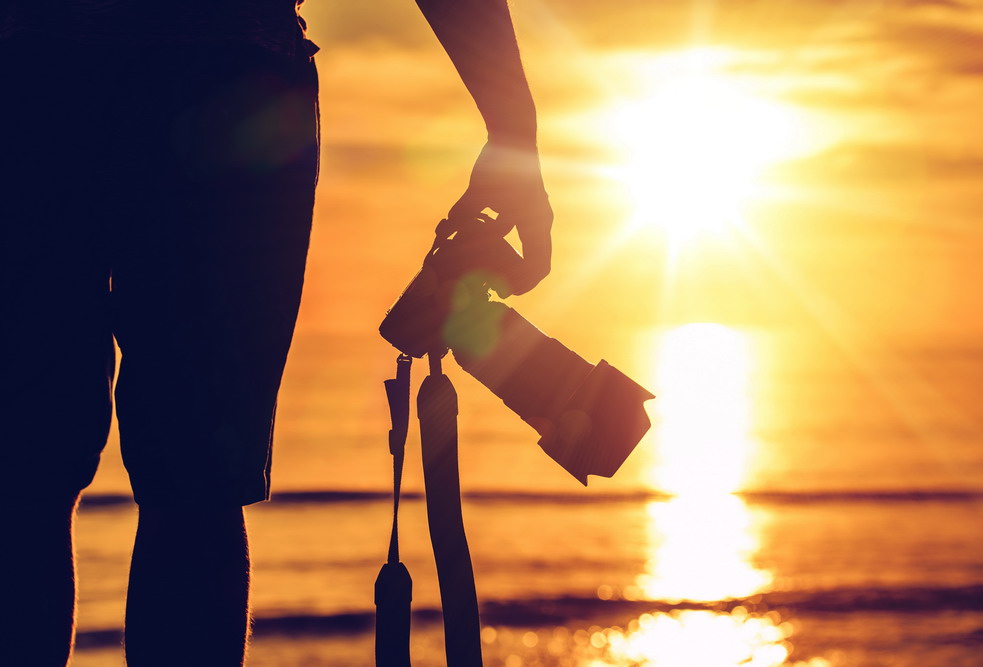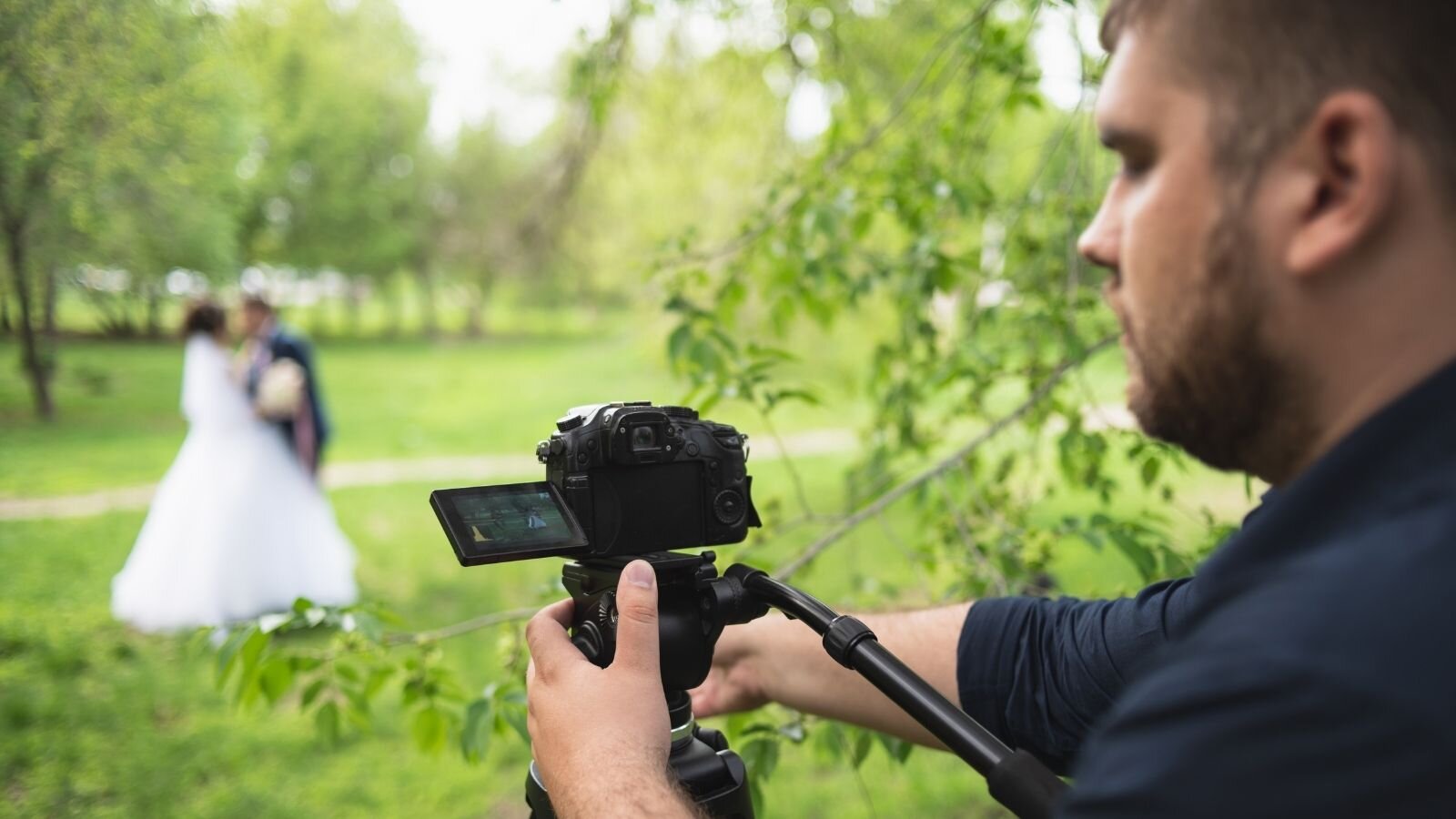
Sunsets make some of the best photography subjects. Unfortunately, they are terribly difficult to shoot because they are incredibly unpredictable. A sunset is an active, moving subject that does what it wants irrespective of how many people are watching or shooting photos of it. So you have to be patient. If you want that perfect sunset, you will also have to work for it.
Vargo Photography is a commercial photography studio in Salt Lake City, Utah. The state’s incredible natural beauty offers plenty of opportunities for great sunset shots. In light of that, the folks at Vargo offer the following five tips for shooting sunsets:
1. Learn to Read Weather Reports
The key to shooting a perfect sunset is cloud cover. Clouds are that which generate the brilliant colors sunsets are known for. In light of that, smart photographers make a point of learning how to read weather reports. They learn meteorology lingo. They study radar and learn to interpret long- and short-term forecasts.
Why is this important? Because different types of clouds produce quite different effects at sunset. Understanding how weather works makes it easier to predict the types of clouds to expect when you set up to shoot. You may eventually discover that you prefer one type of cloud over all of the others.
2. Master Your Manual Settings
A lot of people take sunset photos with their cameras on automatic. That’s fine for amateurs who aren’t necessarily pursuing the perfect shot. If you are a pro or semi-pro however, automatic mode will not do. You need to master your manual settings. Understand that sunsets are continually changing. You have to be able to manually adjust settings to take advantage of what the sky has to offer at any given time.
3. Plan Ahead for Every Shoot
A knowledge of manual settings and a good understanding of weather sets you up for a great photo shoot. Now, take the next step and plan ahead. Know where you’re going and where you hope to set up. Know how to get there so you don’t get delayed on the way. It would be a shame for you to miss out on a spectacular sunset because you arrived 20 minutes late.
Planning ahead also involves taking the right equipment with you. Make sure you have extra batteries and spare lenses. Take a tripod appropriate to the terrain. Make sure you have lens cleaner and a cleaning cloth. You are likely going to be out in the middle of nowhere. You won’t be able to run indoors to grab something you forgot.
4. Arrive Early
Hand-in-hand with planning ahead is arriving early. Some of the best sunset locations in the world attract a lot of photographers. Arriving early lets you choose among the prime spots to set up. Get there too late and most of the good spots could already be gone.
5. Take in the Surrounding Area
Arriving early offers the added advantage of being able to take in the surrounding area. This really does matter, even though your main subject is the sunset. It matters because you can take some pretty dynamic photos if you understand how the setting sun will reflect off the surfaces around you.
Sunsets are incredible. Through the years, they have made some of the most memorable photos ever taken. Most photographers will tell you that the pursuit of the perfect sunset is well worth it. Get that shot and it could wind up being the shot of a lifetime. But remember this: it will not come easily. You are going to have to earn it.









